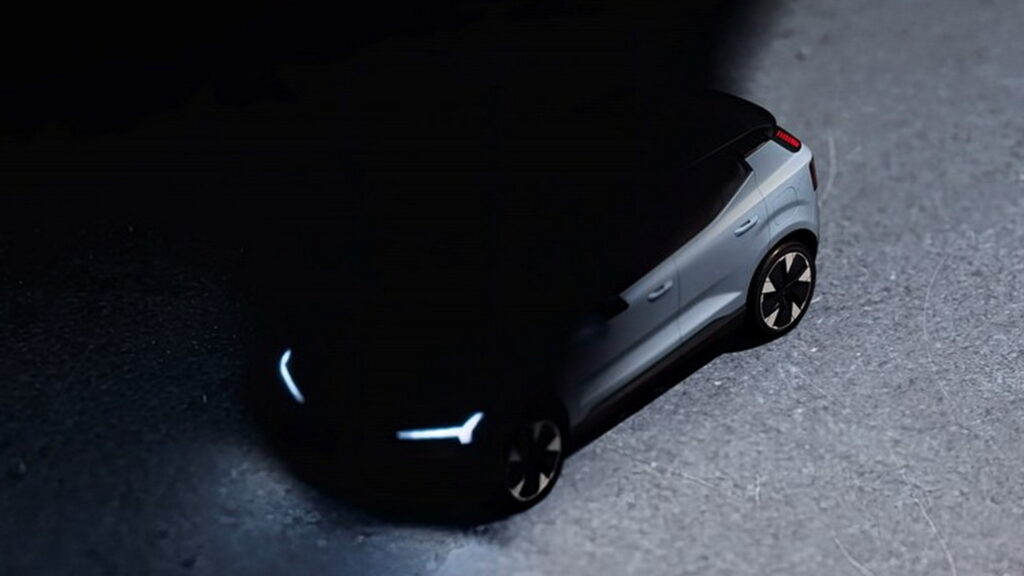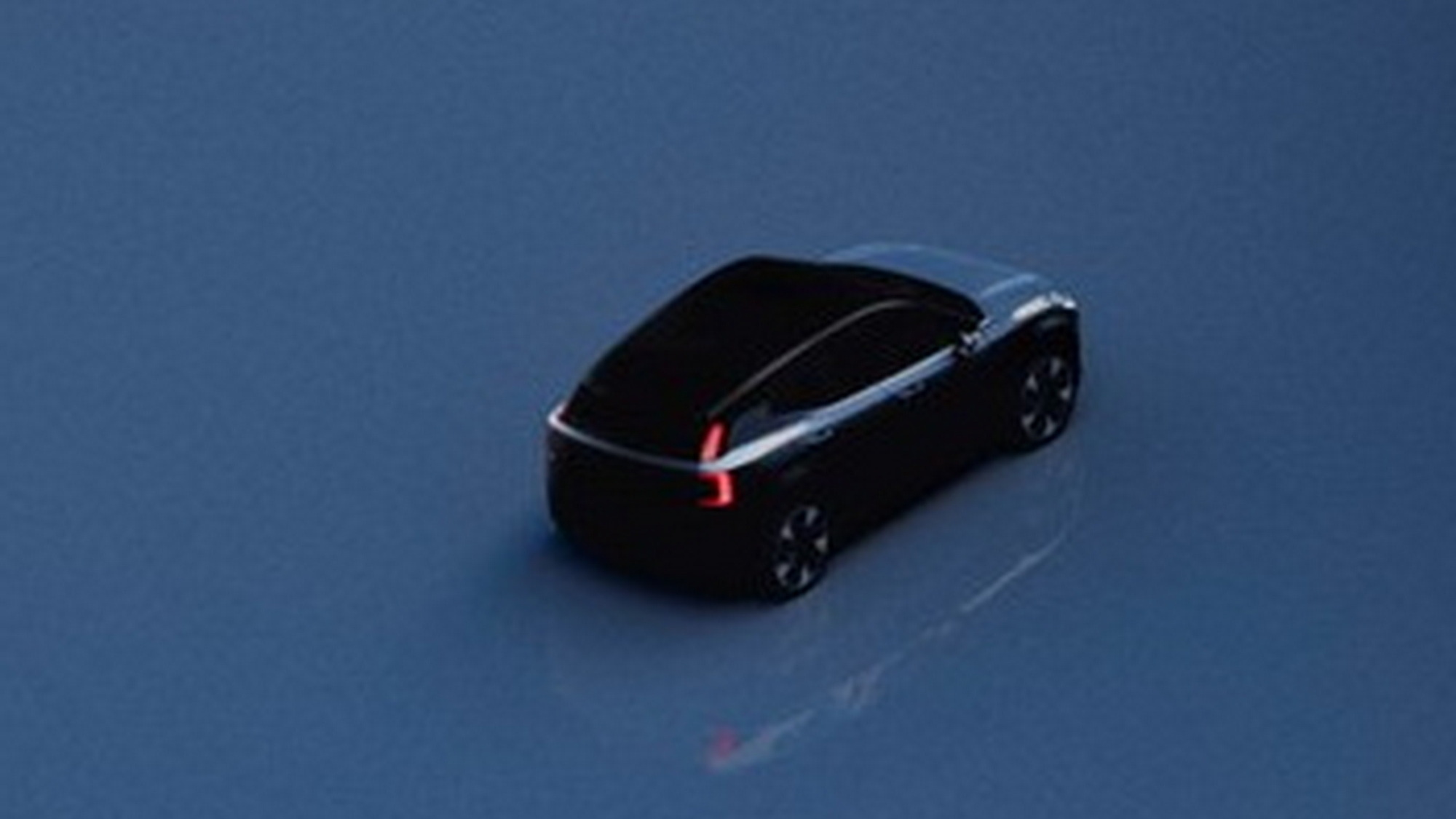Beyond being safe in crashes, Volvo now also wants its vehicles to be safer for the planet. The automaker now claims that the upcoming EX30 will have the smallest carbon footprint of any vehicle it has ever produced.
The Swedish company estimates that over the course of a 123,274-mile (200,000 km) lifetime, the 2025 EX30 will be responsible for less than 30 metric tons (33 U.S. tons) of CO2 emissions (using the current European electric grid). That’s around 25 percent less than the C40 and XC40 EVs it currently produces.
The real advantage the EX30 has over its forebears is in its design and construction. Volvo has used optimization to simply reduce the amount of material used in the car. Employing the old racecar trick of making each component perform as many tasks as possible, the vehicle can use less material, making it less carbon-intensive and lighter, as well.
Read: Toyota Gives Solar Panels A Redo With Vibrant Colors And Patterns

The materials that couldn’t be cut out were made less environmentally taxing. Roughly 25 percent of all the aluminum and 17 percent of the steel used in the vehicle are recycled. In addition, 17 percent of the plastics on and in the EX30 will be recycled, too.
That’s the highest percentage of reused plastics ever in a Volvo vehicle. But it doesn’t stop there. The automaker has opted for recycled and renewable materials in the upholstery for the doors, dashboard, and seats.

Customers will be able to choose from flax, wool, and denim interiors that use 70 percent recycled polyester. The denim, in particular, is green because not only does it use recycled material, it uses scraps that can’t be reused to make pants because they’re too small.
Volvo estimates that by the time the EX30 reaches the dealership, it will have been responsible for just 18 tons of CO2, with the other 12 or so tons coming from the electricity used to power the vehicle. And when customers are done with it, 95 percent of its materials are designed to be reused, while the remaining five percent can be used for energy generation.
“Our new EX30 is a big step in the right direction for our sustainability ambitions,” said Anders Kärrberg, our Global Head of Sustainability. “By 2025, we aim to reduce our overall CO2 emissions per car by 40 percent from 2018 levels through a 50 percent reduction in overall tailpipe emissions, and a 25 percent reduction in emissions from our operations, raw material sourcing and supply chain – all on the way towards our ambition of being a climate-neutral company by 2040.”
Volvo will fully unveil the new EX30 on June 7.












